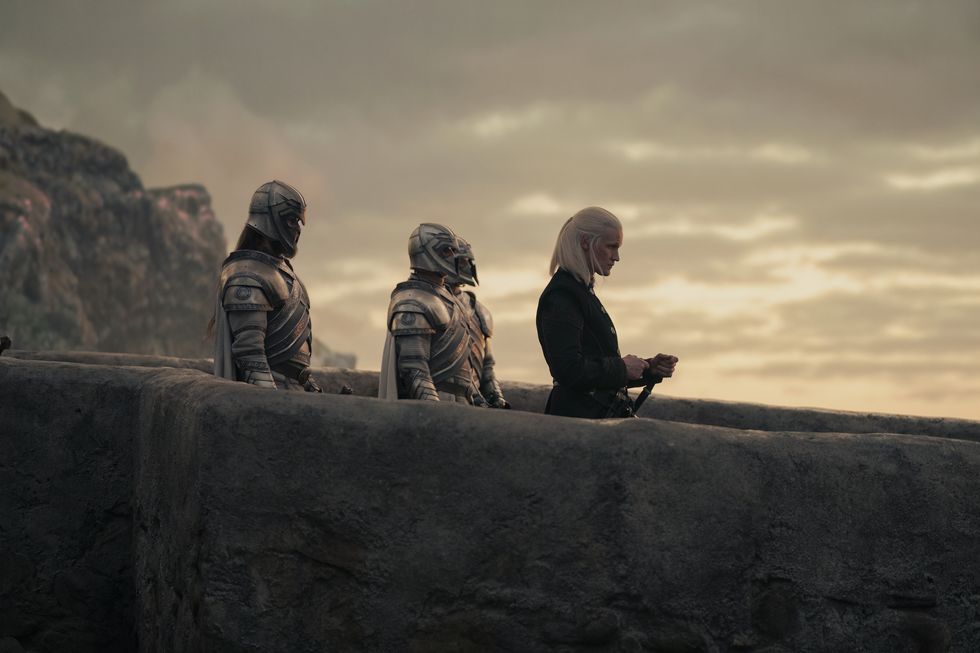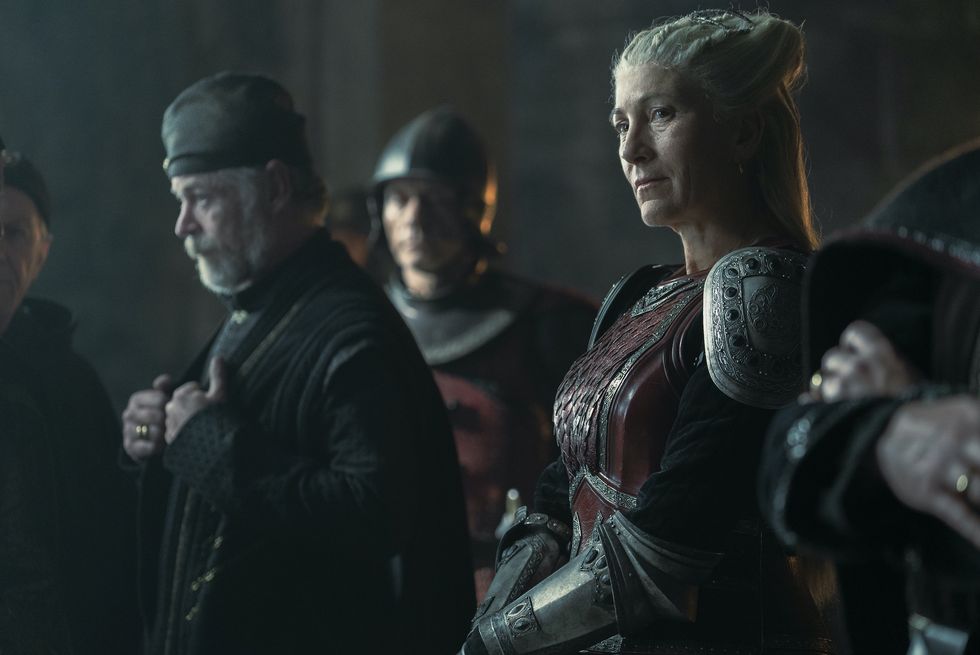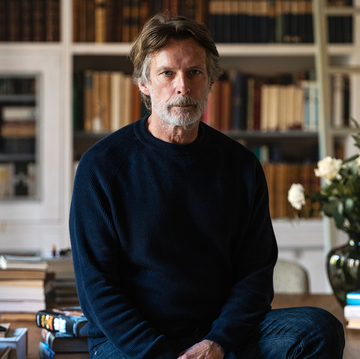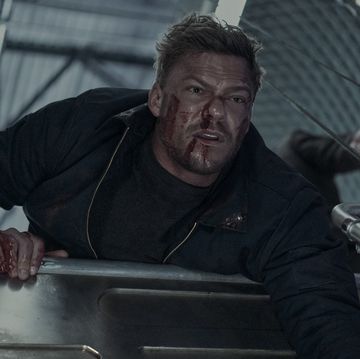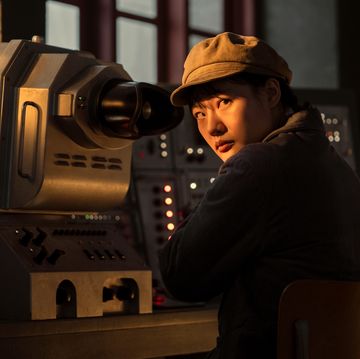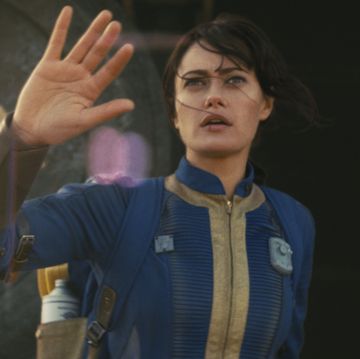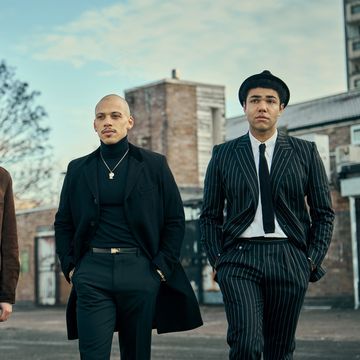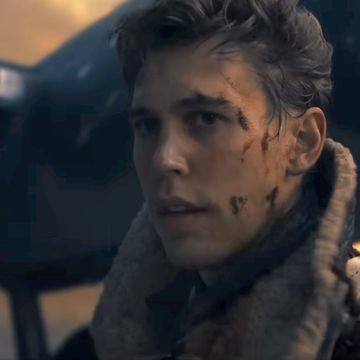Why do we watch House of the Dragon? The series is attracting comparable numbers to Game of Thrones, but the prequel has established itself as a completely different kind of show, especially in the second half of its first season. Where Game of Thrones might have plonked a very expensive, CGI battle in its final two episodes and killed off a main character or two, House of the Dragon opted for a double dose of strategising as one family, broken into two, prepares for war. Maybe there will be more explosive battles next season, more major deaths (there definitely will be). But for now, it’s a welcome change of pace for the franchise, more interested in characters than set-pieces, and an intriguing decision that mostly works, despite some uneven pacing.
‘The Black Queen’ is a counterpart to last week’s episode, ‘The Green Council’, as Rhaenyra (Emma D’Arcy) and Daemon (Matt Smith) react to the Hightower coup. Just as the Blacks were omitted from the penultimate episode, most of the Hightower clan aren’t present here, apart from a brief, unwelcome interruption from Otto (Rhys Ifans) and an extended, even more unwelcome interruption from Aemond (Ewan Mitchell), now complete with a sapphire eye (as if this villain needed to be a touch more cartoonish). Rhaenys (Eve Best), fresh from the mass murder of civilians at Aegon’s coronation, brings news of Viserys’ death and the Hightowers’ treachery to Daemon (who treats the princess with suspicion: why didn’t she just kill the upstarts when she had the chance?) and the pregnant Rhaenyra, who immediately starts bleeding.
The baby, her third with Daemon, does not make it. While this universe is filled with misery, the following sequence – in which Rhaenyra holds her stillborn baby, then prepares it for a funeral – is particularly bleak; D’Arcy’s ability to balance anguish, gentleness and determination has been one of the best things about this season’s second half. The funeral scene, inventively scored, doubles as a coronation for Rhaenyra as a few defectors come to swear their loyalty to the queen.
Unfortunately, the finale’s middle stretch is dedicated to plotting and shuffling things around on a Warhammer table (okay, it’s the Painted Table, commissioned by Aegon I before he conquered Westeros). Mostly, this felt like a tedious retread of last week’s episode where Alicent and co. worked out how to win support across the realm. The show has been so insular, so focused on the Targaryens and resistant to wider world-building, that learning about the other houses and their potential alliances just isn’t that interesting.
Still, it’s good to see Corlys Velaryon (Steve Toussaint) again, no longer lost at sea. He’s surprisingly chill about Daemon’s decapitation of his brother and is ready to give up any claim to the Iron Throne and retire to Driftmark. Rhaenys is worried about the realm, pointing out that Rhaenyra is the only one showing any restraint about not heading straight to war. Their relationship, dotted with martial frustrations and support, is one of the more compelling pairings in House of the Dragon. They pledge allegiance to Rhaenyra, and their bond is heartwarming if mildly bewildering (Daemon has murdered Corlys’ brother and appears responsible for the death of his only son). But you can’t be fussy when it comes to happy moments in this show.
Mostly, this finale is driven by the inevitable. Rhaenyra has to reject her hopes for peace for the war to begin. She has to lose things she loves to turn to hate. And one of those kids has to die. I’m sure little Lucerys was not well-developed enough for some viewers, but I had grown very attached to this messy-haired prince (played by Elliot Grihault, making the most of his final moments here) who has brought a sweet timidity to this bloodthirsty lot. But from the episode’s opening moments, when he’s questioning his destiny – how can he rule a sea-faring house, when he gets seasick? – it’s clear he’s getting the axe.
His fate’s truly sealed when he’s sent off to Storm’s End to secure the allegiance of Lord Borros Baratheon (a suggestion by his older brother, Jacaerys, who’s learning to assert himself at court). Before the boys set off on their dragons, their mother makes them promise to go as messengers not soldiers. Rhaenyra is sure Borros will welcome Luke with open arms; everything else about the situation tells us this is misplaced. These final few scenes are unbearably tense, almost unwatchable: the little prince finds Aemond already at Storm’s End, and his request for support is rejected by Borros. Aemond, though, is up for a fight. He would like Luke’s eye, in return for the one his nephew slashed out when they were younger.
Luke flees on Arrax, a young dragon, and Aemond chases him on the much, much bigger Vhagar. The chase sequence is well-orchestrated stuff, with a big change from the books. At this point, House of the Dragon has veered from the source material – presented as a historical record, not undisputed fact – and this was another convincing change, showing how avoidable the ensuing war truly is. Just as the storm clears, above the clouds, the boys lose control of the dragons, and Vhagar kills Luke and his dragon. From Aemond’s face, it’s clear that he didn’t mean to go for the kill (Fire & Blood records it as an intentional murder). No matter, the damage is done. Daemon (who has spent the episode crying on a beach and singing to a dragon) relays the news to Rhaenyra, who retreats before turning around to stare down the camera, now ready for the war and inevitably, a second season.
Henry Wong is a senior culture writer at Esquire, working across digital and print. He covers film, television, books, and art for the magazine, and also writes profiles.

